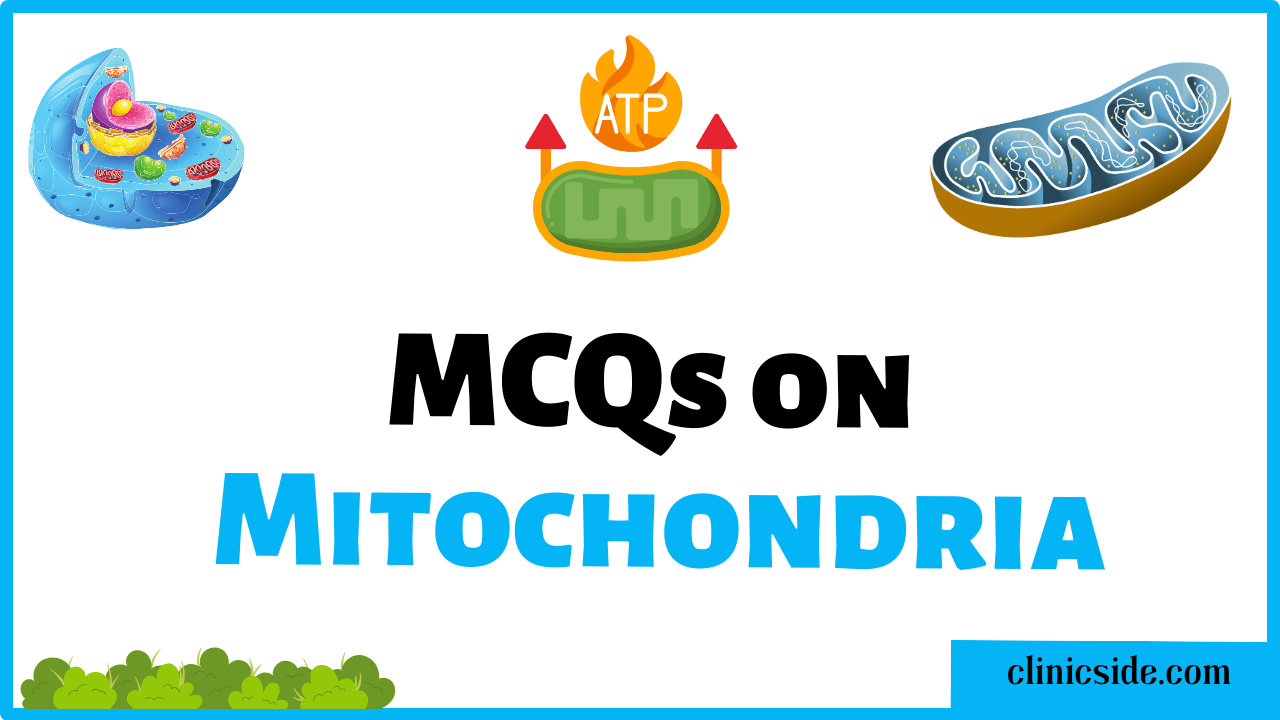Quiz
Available options: 1 to 20
Topics Covered in HIV MCQs
Classification and Structure of HIV
HIV is a retrovirus that primarily belongs to the Retroviridae family and the Lentivirus genus. It contains RNA as its genetic material and uses a unique enzyme, reverse transcriptase, to convert RNA into DNA within host cells. Key structural proteins like gp120 and gp41 facilitate viral attachment and entry into host cells.
Target Cells and Immune System Impact
HIV predominantly targets CD4+ T cells, a crucial component of the adaptive immune system. By depleting these cells, the virus weakens the immune response, making the body vulnerable to infections and diseases. The progression of HIV infection leads to a decline in CD4+ T cell counts, a critical marker in disease management.
Modes of Transmission
HIV is transmitted through direct contact with infected blood, semen, vaginal fluids, rectal fluids, and breast milk. Common modes of transmission include unprotected sexual contact, sharing needles, and mother-to-child transmission during childbirth or breastfeeding.
Stages of HIV Infection
The infection progresses through several stages:
- Acute Phase: Characterized by flu-like symptoms within 2-4 weeks of exposure.
- Clinical Latency: A period of asymptomatic infection that can last several years.
- AIDS (Acquired Immunodeficiency Syndrome): The final stage marked by severe immune suppression and opportunistic infections.
HIV Diagnosis and Testing
Diagnostic tests for HIV include:
- Antibody Tests: Detect antibodies produced against the virus.
- Antigen/Antibody Tests: Can detect the virus earlier by identifying both antigens and antibodies.
- PCR Tests: Identify viral RNA and are highly sensitive for early detection.
Enzymes and Viral Replication
Key enzymes involved in HIV replication include:
- Reverse Transcriptase: Converts viral RNA into DNA.
- Integrase: Facilitates the integration of viral DNA into the host genome.
- Protease: Processes viral proteins necessary for assembling new viral particles.
Antiretroviral Therapy (ART)
ART involves a combination of drugs that target various stages of the HIV lifecycle:
- NRTIs (Nucleoside Reverse Transcriptase Inhibitors) and NNRTIs (Non-Nucleoside Reverse Transcriptase Inhibitors): Block reverse transcription.
- Protease Inhibitors (PIs): Inhibit the protease enzyme, preventing viral maturation.
- Entry and Fusion Inhibitors: Prevent the virus from entering host cells.
Opportunistic Infections and AIDS
As HIV progresses to AIDS, the immune system becomes too weak to fight off infections. Common opportunistic infections include tuberculosis, toxoplasmosis, and fungal infections. The diagnosis of AIDS is confirmed when CD4+ T cell counts fall below 200 cells/mm³ or when specific opportunistic infections are present.
Immune System and CD4 Count Monitoring
Monitoring CD4+ T cell counts is critical in assessing the stage of HIV infection and guiding treatment decisions. A healthy individual typically has CD4 counts ranging from 500 to 1,500 cells/mm³. ART aims to maintain or restore these levels and suppress the viral load.
HIV Prevention and Control
Preventive measures include safe sex practices, use of sterile needles, and antiretroviral prophylaxis for high-risk individuals. Early diagnosis and consistent ART use are essential to control the spread of the virus and improve patient outcomes.
These topics collectively provide a comprehensive understanding of HIV’s biology, progression, diagnosis, and management.






Excellent job on providing such useful content!